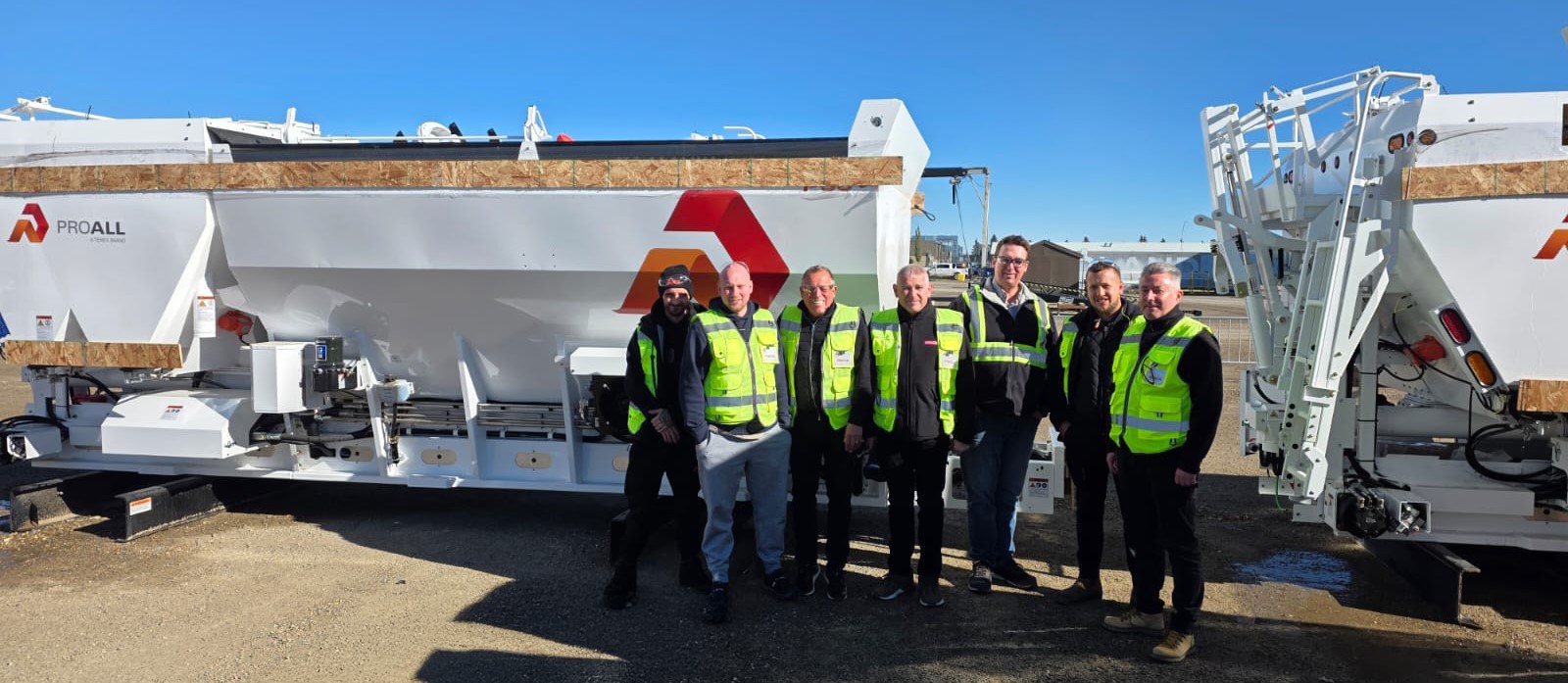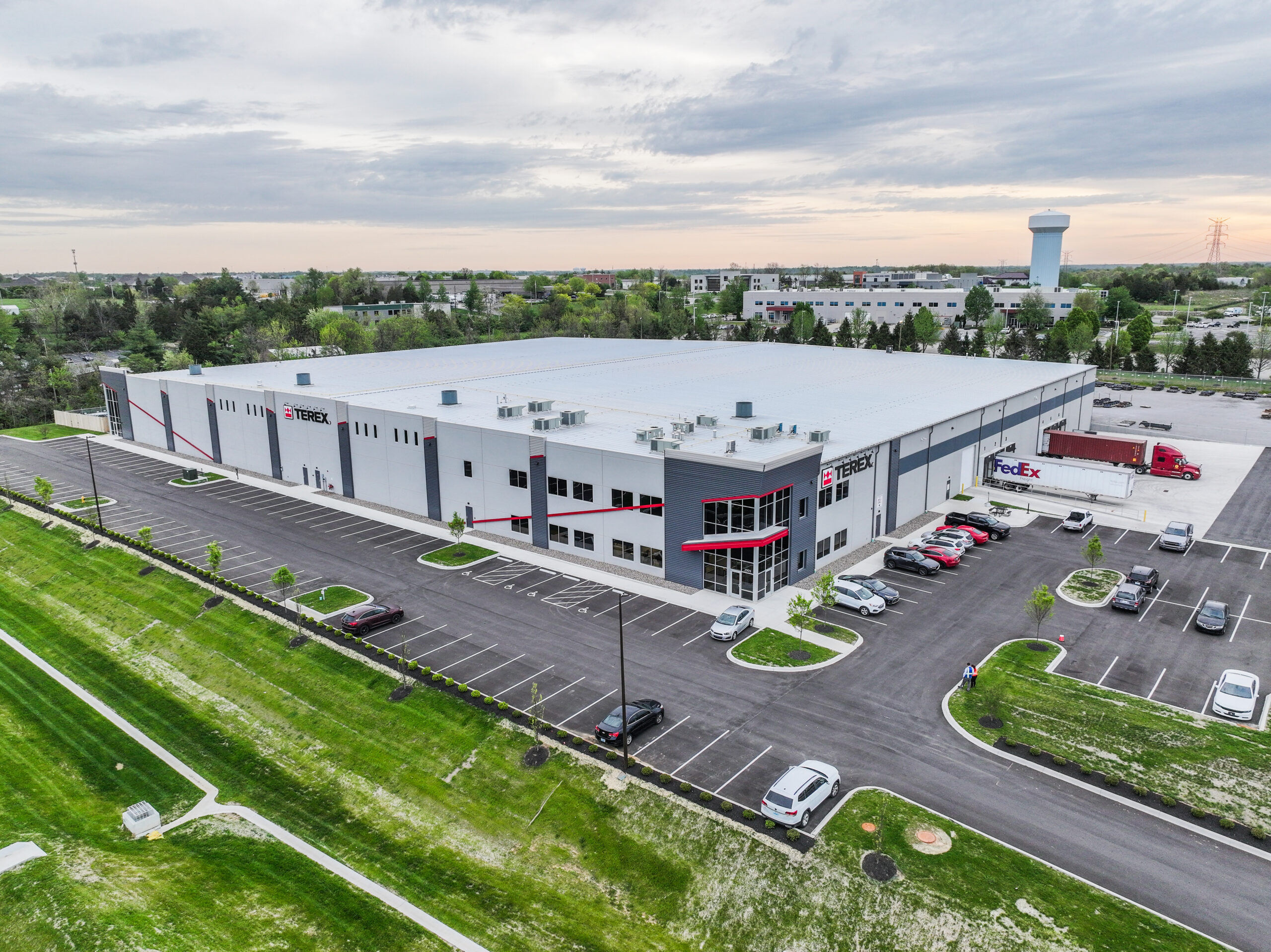
Breaking Down the Costs: Is a Volumetric Mixer the Right Investment for You?
Investing in new equipment is a critical decision for any business. For concrete producers, contractors, and construction companies, a volumetric concrete mixer is an option that can revolutionize operations—but it comes with upfront costs. So, is a volumetric mixer the right investment for you?
In this blog, we’ll analyze the financial aspects of owning a volumetric mixer, helping you weigh the costs, benefits, and ROI to make an informed decision.
What Is a Volumetric Mixer?
Before diving into the numbers, let’s quickly define what a volumetric mixer is. Unlike traditional drum mixers, volumetric mixers are mobile batch plants mounted on trucks. They precisely mix concrete on-site, allowing you to control the mix’s quality, quantity, and timing. This level of control eliminates overages and shortages, ensuring every batch is fresh and meets exact specifications.
Understanding the Initial Costs
- Purchase Price: The cost of a volumetric mixer varies depending on the model, capacity, and features. A new volumetric mixer can range from $150,000 to $250,000. Customizations, such as advanced control systems like ProAll’s Commander 2.0, may increase the price.
- Financing Options: Many manufacturers offer financing plans to reduce the burden of upfront costs. Interest rates, down payments, and monthly payments will vary, so it’s crucial to compare terms and consider the long-term impact.
- Training and Setup: Proper training for operators and initial setup of the mixer also factor into the investment. Some companies include training in the purchase price, while others may charge an additional fee.
Ongoing Costs to Consider
- Maintenance and Repairs: Like any heavy equipment, volumetric mixers require regular maintenance. This includes:
- Routine inspections
- Replacement of wear parts like augers and seals
- Software updates (if applicable)
Annual maintenance costs typically range from $5,000 to $10,000, depending on usage and environment.
- Fuel and Operation Costs: As mobile units, volumetric mixers consume fuel, which is a variable cost. Fuel efficiency will depend on the truck and the distance traveled. Additionally, labor costs for operators and assistants should be accounted for.
- Insurance Insuring your volumetric mixer is essential and adds to the ongoing costs. Policies often include coverage for:
- Physical damage
- Liability
- Business interruption
Expect to pay anywhere from $1,500 to $4,000 annually, depending on your location and coverage needs.
- Technology Upgrades: If your volumetric mixer is equipped with advanced control systems, you may incur costs for periodic software updates or hardware upgrades. These costs are generally lower but should not be overlooked.
The Financial Benefits of a Volumetric Mixer
While the initial investment is significant, volumetric mixers can lead to substantial savings and revenue generation. Here’s how:
1. Eliminating Waste
Traditional drum mixers often result in wasted concrete due to overestimating or overordering. With a volumetric mixer, you produce only what you need, reducing waste and saving money. Studies show that waste reduction can save businesses 5-10% of total material costs annually.
2. Maximizing Efficiency
With the ability to batch on-site, volumetric mixers reduce downtime and allow for quicker job completions. This efficiency can translate into lower labor costs and the ability to take on more projects, increasing overall profitability.
3. Diversifying Revenue Streams
Volumetric mixers enable you to produce custom concrete mixes for various applications, such as:
- Shotcrete
- Flowable fill
- High-strength concrete
This flexibility opens up new markets and opportunities to serve specialized projects, boosting revenue potential.
4. Tax Incentives
Many jurisdictions offer tax deductions for capital investments in equipment. Check with your accountant to see if your volumetric mixer purchase qualifies for accelerated depreciation or tax credits.
5. Enhanced Customer Satisfaction
Happy customers are repeat customers. By delivering consistent, high-quality concrete on demand, you can build a reputation for reliability, leading to higher client retention and referrals.
Case Study: Comparing Traditional and Volumetric Mixers
Let’s illustrate the financial differences between traditional drum mixers and volumetric mixers with an example:
Scenario
A contractor pours 5,000 cubic yards of concrete annually. Concrete costs average $150 per cubic yard, and they typically overorder by 10%.
Traditional Drum Mixer
- Annual concrete cost: $750,000
- Waste (10%): $75,000
- Total cost: $825,000
Volumetric Mixer
- Annual concrete cost: $750,000
- Waste (reduced to 2%): $15,000
- Maintenance and operation: $20,000
- Total cost: $785,000
In this example, the volumetric mixer saves the contractor $40,000 annually in waste reduction alone, offsetting its upfront costs within a few years.
When a Volumetric Mixer Makes Sense
A volumetric mixer is an excellent investment if you:
- Frequently adjust concrete specifications. Contractors working on diverse projects benefit from on-demand mixing capabilities.
- Produce large volumes of concrete. High production levels maximize the mixer’s cost efficiency.
- Want to expand your services. The ability to create custom mixes can attract new clients and increase revenue streams.
Potential Drawbacks
While the benefits are compelling, it’s essential to consider the potential downsides:
- High Initial Cost: For smaller businesses, the upfront investment may strain cash flow, even with financing options.
- Learning Curve: Training operators and adjusting workflows to incorporate volumetric mixers may temporarily disrupt operations.
- Dependent on Maintenance: Poorly maintained equipment can lead to costly downtime and repairs, so a proactive maintenance plan is critical.
Calculating ROI
To determine if a volumetric mixer is the right investment, calculate its return on investment (ROI):
- Estimate your annual cost savings (e.g., reduced waste, lower labor costs).
- Factor in revenue gains from new services or increased efficiency.
- Subtract the annual operating costs (e.g., maintenance, fuel, insurance).
Use the formula:
ROI=(Annual Savings+Revenue Gains−Operating CostsInitial Investment)×100\text{ROI} = \left( \frac{\text{Annual Savings} + \text{Revenue Gains} – \text{Operating Costs}}{\text{Initial Investment}} \right) \times 100
If the ROI is positive and aligns with your business goals, a volumetric mixer could be a smart choice.
Final Thoughts
Investing in a volumetric mixer is not a decision to take lightly, but for many businesses, the financial and operational benefits outweigh the initial costs. By reducing waste, increasing efficiency, and opening up new revenue streams, a volumetric mixer can provide a significant competitive edge.
Before making the leap, evaluate your specific needs, consult with your team, and crunch the numbers. If the financial analysis points to a positive ROI, a volumetric mixer might just be the best investment you make.
Ready to explore your options? Contact ProAll to learn more about our industry-leading volumetric mixers and how they can transform your business.
Ready to Make the Right Investment?
Explore ProAll’s Volumetric Mixers and Boost Your Business Efficiency.


